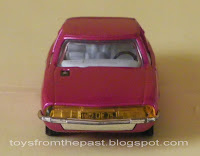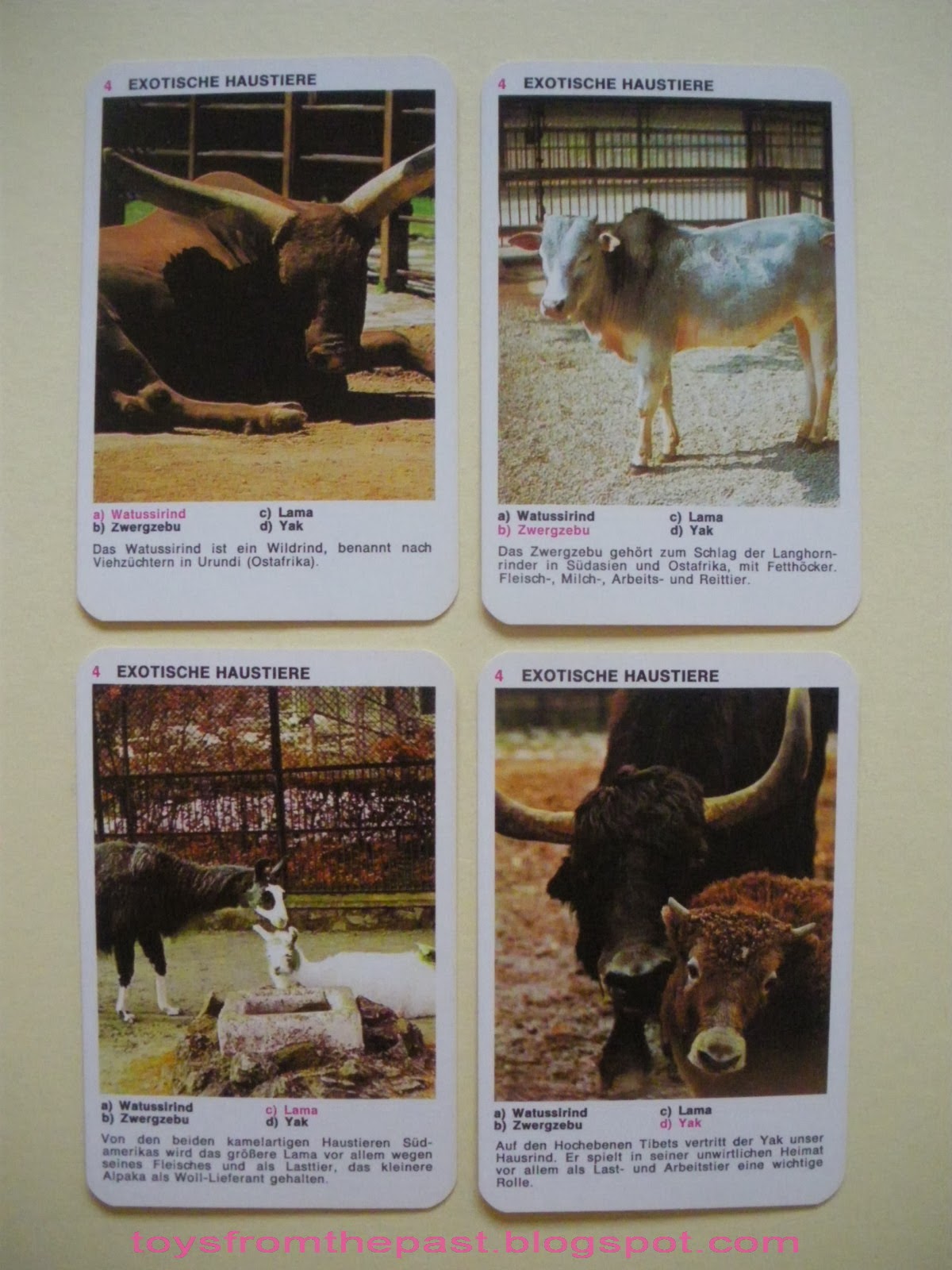HISTORY OF CORGI PART II
The new 1:43 scale models were already available by mnay other companies all over the world: Märklin, Solido, Tootsietoys, and Corgi's most direct competitor, Dinky Toys (part of the Meccano group). Corgi was designing a popular line which could be launched with the newly acquired name, and here's where Marcel van Cleemput comes. He started working for Corgi in 1954 in a complete new line. He would be later promoted to Chief Designer until 1983.
The new "Corgi" line had many features that made it attractive (I don't need to enumerate them), but they still needed some "killer-feature" to get advantage over Dinky. A well-built, colourful, robust car model was not enough. The designs of van Cleemput had a few innovations, but the most important were:
-aluminium hubcaps with plastic tyres were far more realistic than metallic wheels (since 1956) and
-windows! (since 1959) In fact the advertising campaign had the motto: "Corgi Toys - The Ones With Windows".
The line would rather quickly gain fame and success, mostly by many models with special features, like a practicable parts, removable figures/parts/wheels, special gift packs, one model was even equipped with a music-box! (Wall's Ice Cream Van Nr. 447). But the peak of this success was still to come... in 1965 a 1:64 scale line is launched with the name Husky Toys (later renamed Corgi Juniors), and also in that year, the first 1:43 models taken from movies and tv series are out for sale: Batman, James Bond, Daktari, The Man from U.N.C.L.E., The Saint, The Avengers, The Green Hornet, Chitty Chitty Bang Bang... but this will be the topic of a future entry.
The second half of the 60s are the years in which Corgi would top its sales and revenues, and the time of the most remarkable models. More than twenty models sold over 1,000,000 units. The catalogue had a mixture of European and American cars, together with some trucks, busses, tractors... Some models included many different features for example James Bond's Aston Martin DB5 (as seen before) or the Ford Ghia L.6.4.
At the end of 1969, and a a result of the new worldwide trend started by Hotwheels!, the aluminium hubcaps with plastic tyres were replaced by a new model of 1-pieced wheel made completely of plastic. Corgi named these Whizzwheels, and the models equipped with them were faster and could travel further. Despite being simpler, some of these wheels look great (check the two models below!) other not so good (Check the models in the previous entry).
In 1970, the Husky Toys are renamed Corgi Juniors, and sold everywhere, not only in Woolworth's. The 70s decade would bring a hard times. The concurrence was each time higher, and the revenues lower. 1980 was the first year in which the company had a trading loss, but not the last time, since the results were even worse in 1981 and 1982. In 1983, the company called in the receivers and was about to close, but a new management buy-out acquired the company facilities, including machinery and stocks in the first months of 1984. The new company would be the "Corgi Toy Company Limited".
And to complete this article, I'll post pictures of two cars I own from 1971.
FORD MUSTANG “ORGAN GRINDER” (166) from 1971 – sold 356.000 units
CITROËN SM MASERATI (284) from 1971 – sold 392.000 units
FACTS AND FIGURES:
- Name: FORD MUSTANG ORGAN GRINDER and CITROËN SM MASERATI (166 and 284)
- Scale: 1:43
- Year: 1971
- Company: Corgi Toys (Great Britain)
- Size: approx. 10 cm















+%5B1600x1200%5D.jpg)
+%5B1600x1200%5D.jpg)


+%5B1600x1200%5D.jpg)
+%5B1600x1200%5D.jpg)
+%5B1600x1200%5D.jpg)
+%5B1600x1200%5D.jpg)
+%5B1600x1200%5D.jpg)
+%5B1600x1200%5D.jpg)
+%5B1600x1200%5D.jpg)

+%5B1600x1200%5D.jpg)


+%5B1600x1200%5D.jpg)
+%5B1600x1200%5D.jpg)
+%5B1600x1200%5D.jpg)

.jpg)





































.jpg)






